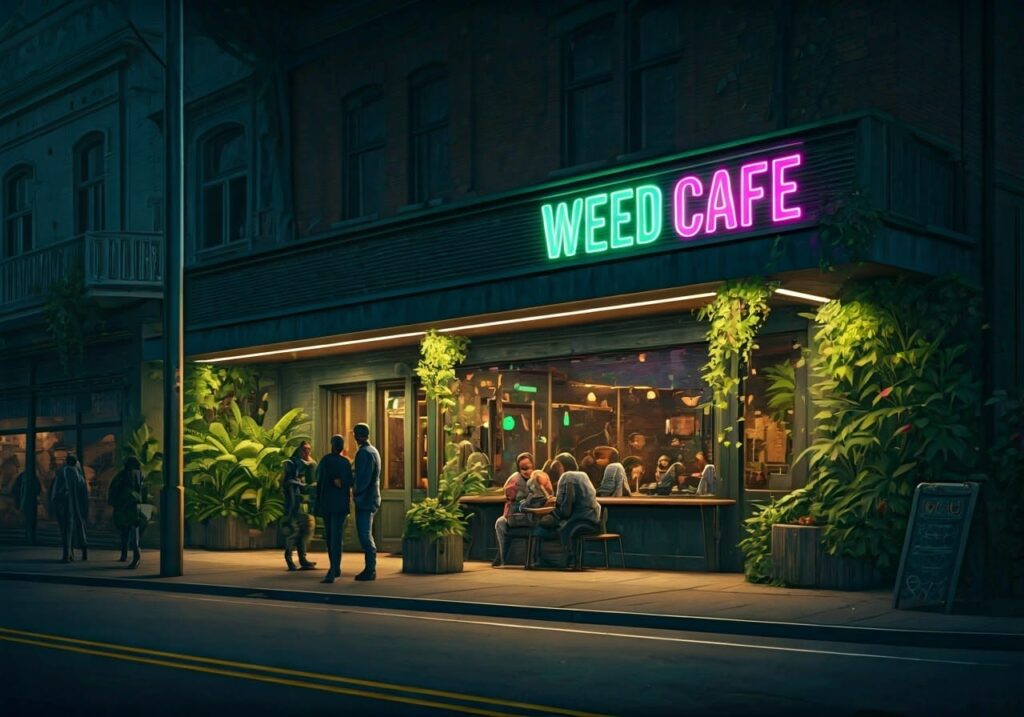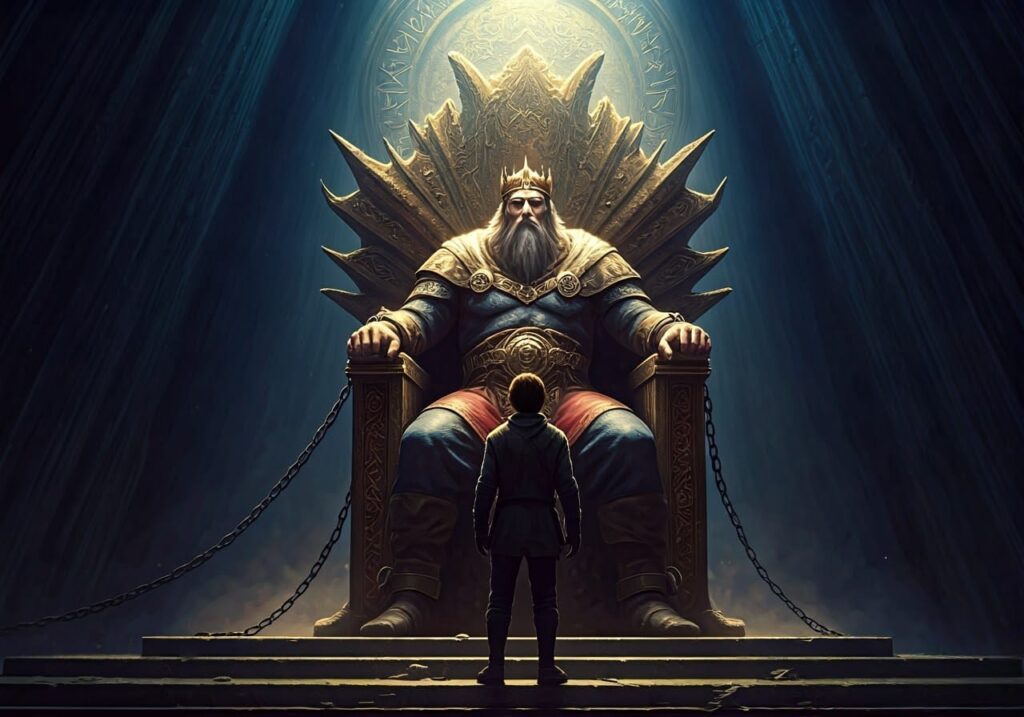
Guest Post by Thomas S.
According to ancient Greek mythology, Narcissus was a youth of incomparable beauty, born from the coupling of the river deity Cephissus and a nymph named Liriope. Such was his beauty that bewildered and broke the hearts of all those who chanced to see him, that the blind prophet Tiresias cautioned Liriope that her son would live a long life, so long as he never came to know himself.
Followed by wanton eyes and beseeched by the lusts and longings of hopeful lovers, Narcissus would reject all advances made upon him. This eventually led to a curse by Ameinias, who upon rejection was handed a sword with which to commit suicide, but not before appealing to Nemesis, the goddess of revenge, that Narcissus would never be able to obtain the one he would one day fall in love with.
It was after losing his way while out hunting in the forest one day, that this curse of Ameinias, as well as the prophecy of Tiresias, would eventually bear fruit. Tired and thirsty, Narcissus happened upon a pool of water, which he stooped over to drink from.
Meanwhile, a mountain nymph named Echo was weeping nearby, having been the most recent suitress to have been rejected by Narcissus after having fallen in love with his beauty and made shy advances upon him.
Interestingly, the nymph, who had been cursed by Hera, the Queen of Heaven, for having deliberately distracted her with idle gossip in order to prevent her from discovering the affairs of her husband Zeus, was only able to utter the last few words of another, and was otherwise deprived of the ability of speech.
Unable to bear the torment of rejection by Narcissus, the mountain nymph was consumed by grief and her physical form melted away, leaving nothing more than a whisper, capable only of mimicking the words spoken by another, as is our experience of an echo still to this day.
While Echo’s voice trailed away, Narcissus scooped water from the pool in order to quench his thirst. As he did so however, a charming face below the shimmering waters caught his eye and soon became the object of his own heart’s desire – an object, which as per the curse of Ameinian, would remain unobtainable to him.
Forgetting his thirst, Narcissus reached toward his own reflection, while his reflection reached upward in return, only to be dispersed by the splashing until the stillness of the waters resumed between each failed attempt to clasp his beloved’s hand.
Eventually, Narcissus gave up his life due to the torment of being unable to attain himself, and was transformed into the daffodil flower.
Like many Greek myths which are etiological in nature, the story of Narcissus offers an explanation for why observable phenomena within our human experience, have come to be.
Clinical Narcissism
In the modern day, this same phenomenon of excessive self adoration, which was also evident in ancient times and thus deserving of an origin story, has come to be known as the narcissistic personality disorder, which can also sometimes be regarded as being pathological in nature.
While a high degree of variability of character is evident in those diagnosed with the condition, such as being either socially reclusive or highly extroverted, self-loathing or self aggrandising, having a history on the right or the wrong side of the law, and demonstrating all manner of success or failure in the professional field, narcissism can be problematic to diagnose clinically.
Additionally, there are specific clinical subtypes of this condition, and while narcissism is often associated with the grandiose and overtly arrogant and exploitative stereotype, there are also those who are fragile, shy and hypersensitive to the evaluations of others while harbouring deeply envious as well as grandiose delusions.
Both subtypes however, are excessively self-absorbed and it is possible for a narcissist to fluctuate between these states, depending on life’s circumstances.
It is also possible for a narcissist to exhibit a mix of these qualities, as well as for a narcissist to be ‘high functioning’ and able to employ their character traits in order to succeed, while their competitive, attention seeking and sexually provocative traits can often go unrecognised.
Former New Zealand Prime Minister Jacinda Ardern for instance, could be described in this way, for she employed various devices and rhetoric around themes of compassion and kindness, which all turned out to have been self-serving and politically expedient tools, rather than sincere sentiments. The effects soon wore off during the tyranny which ensued during her time in office.
Despite the diversity of narcissistic personalities, there are however, several indicators which have been published by the American Psychiatric Association, which may contribute to such a diagnosis when several exist concurrently in an individual.
These indicators are as follows:
1. Has a grandiose sense of self-importance (e.g., exaggerates achievements and talents, expects to be recognized as superior without conmmensurate achievements).
2. Is preoccupied with fantasies of unlimited success, power, brilliance, beauty, or ideal love.
3. Believes that he or she is “special” and unique and can only be understood by or should associate with, other special or high-status people (or institutions).
4. Requires excessive admiration.
5. Has a sense of entitlement (i.e., unreasonable expectation of especially favorable treatment or automatic compliance with his or her expectations).
6. Is interpersonally exploitative (i.e., takes advantage of others to achieve his or her own ends).
7. Lacks empathy: is unwilling to recognize or identify with the feelings and needs of others.
8. Is often envious of others or believes that others are envious of him or her.
9. Shows arrogant, haughty behaviors and attitudes.
Of course, it is reasonable to expect that most people experience some degree of arrogance, selfishness and other character flaws, although clinical narcissism is a condition deeply affecting an individual’s self-esteem, sense of identity and their relations to others.
While the causes of clinical narcissism are not definitively known, there are indications that several factors, including genetics, childhood trauma and parenting, as well as cultural factors, may all contribute to an individual displaying a narcissistic personality disorder.
In particular, abuse, neglect, or parental overindulgence may inhibit the development of a child’s expectations in regards to themselves and other people. Adoption, divorce and losing a parent prematurely through death are also factors which may put a child at risk of developing a narcissistic complex.
Unfortunately however, many cases of emerging clinical narcissism in childhood and adolescence are left to develop without intervention through counselling or behavioural therapy. And later in life, many narcissists remain wholly unaware of their own character flaws and unwilling to admit that they could do well to improve themselves.
And while many narcissists do eventually self destruct under the weight of their own absurdities, the tragedy is that few are willing to learn from these mistakes, instead placing blame on those around them whenever discrepancies are called to account.
True Wealth Of Character
Unlike the narcissist however, there are those in life who in addition to a high degree of personal achievement, also demonstrate those qualities which may be regarded as wealth of character, such as genuine humility, renunciation, compassion and so forth.
The Japanese swordsman Miyamoto Musashi, who lived in the sixteenth and seventeenth centuries for instance, was a revered martial artist who attained the status of a kensei and was regarded as the most accomplished swordsman of his time, capable even of fighting with a sword in each hand.
After a life of considerable achievement, he eventually took to Buddhism in his later years, retiring from martial arts and taking to deep contemplation and a solitary existence. Musashi produced two works during his retirement, Go Rin No Sho, or The Book of Five Rings, as well as Dokkodo, or The Path of Aloneness.
Both books were passed on to his students in the days prior to his death and have been widely studied in many languages in the centuries since. Most significantly, according to precept four of Dokkodo, Musashi advises one to “think lightly of yourself and deeply of the world”.
As this precept suggests, Musashi was grounded in a higher reality afforded by spiritual practice and practical renunciation, rather than base egoism. And interestingly, the seeds of this worldly detachment had also been tended to and nurtured prior to his retirement, throughout his career as a mendicant swordsman where he was confronted with the impermanent nature of life on a regular basis.
This deep sense of renunciation or detachment is one of six primary opulences in life, and is a precursor to the development of finer qualities of character, beyond the base animalistic ambitions. The opulence of wealth for instance, is rendered more desirable when complemented by detachment and a man who humbles himself despite his status, endears himself to others.
Those who are preoccupied by the low-hanging fruits and the bondage associated with self-absorption and egoism however, whether they be clinical narcissists, or simply those who indulge too frequently in their lower nature, are unable to obtain or sustain true wealth of character, despite their worldly achievements.
*
Thomas S. is a Kiwi writer with an obsessive interest in the truth, especially when it comes to spirituality and politics.
*
If you enjoyed reading this piece, buy a compilation of our best pieces from previous years!
Best VJMP Essays and Articles of 2023
Best VJMP Essays and Articles of 2022
Best VJMP Essays and Articles of 2021
Best VJMP Essays and Articles of 2020
Best VJMP Essays and Articles of 2019
Best VJMP Essays and Articles of 2018
Best VJMP Essays and Articles of 2017
*
If you would like to support our work in other ways, make a donation to our Paypal! Even better, buy any one of our books!






